Charlock Mustard / Spring / Summer / Autumn / Edible
Common Names
Charlock Mustard, field mustard, wild mustard, charlock
Botanical Name
Sinapis arvensis
Scientific Classification
Kingdom – Plantae
Order –Brassicales
Family – Brassicaceae
Physical Characteristics for Mustard Charlock
Leaves
The leaves are long, with varying degrees of invagination along the leaf stem. Some are hairier than others. The leaves are not paired, and they leave the main stem singly.
Flowers
The whole plant can grow to nearly a metre tall, and tend to branch, ending in small clusters of yellow flowers.
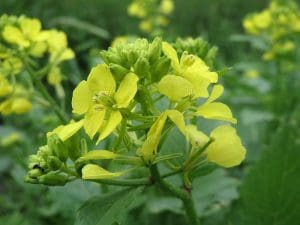
Seeds
The seed pods are small and visibly contain multiple small seeds with a characteristically mustard-y taste.
Habitat
There are variations in habitat preference between the species of Mustards; Charlock is more common on clay soils and less often found in the Northern regions. White Mustard is more common in Eastern areas and prefers more Mediterranean climates.
They have been cultivated widely, and therefore have also escaped widely. Found in hedgerows, waysides, coastal paths and banks.
Known Hazards
The seeds are toxic and cause gastrointestinal problems, especially if consumed in large quantities.
Could be Confused with
Garlic Mustard (Alliaria Petiolata), Hoary Mustard and Rape. None is a problem as they are all edible and tasty, they will simply lack the mustard-like seed pods.
Edible Uses
All the aerial parts are good additions to foods like salads, quiches, salads and condiments. You can harvest a larger amount of mustard seeds and powder them for a wild addition to your spice rack and home remedy collection.
Late Spring to Summer these plants will be out in flower, leaf and seed, sometimes with a small revival in early Autumn.
Notes on Herbal uses
Being a common group of plants, many mustard family plants have been used ubiquitously in folk medicine, with varying degrees of success. The peppery tasting compounds have been prized for their counter-irritant, inflammation-modulating action on arthritis and rheumatism, but care should be taken with ‘mustard poultices’ because the skin can actually burn and blister. These plants stimulate the circulation.
Extra notes from the Foragers
The name mustard was first recorded in France in 1288 and has its roots in the Latin for ‘burning (ardent) must’. It was often ground with grape must to make into remedies.



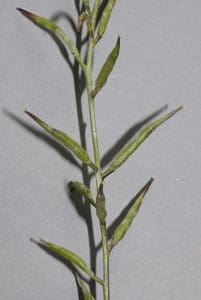
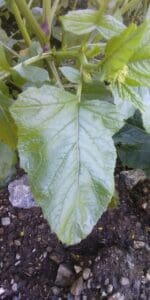
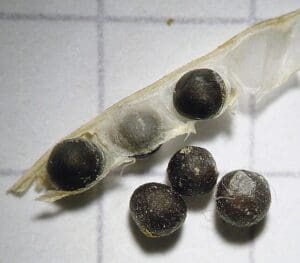
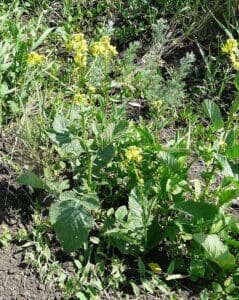
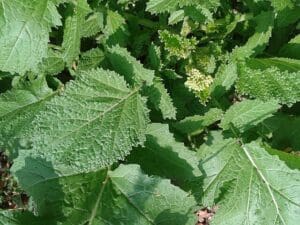
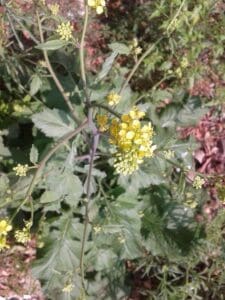
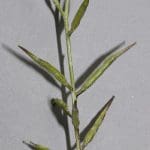
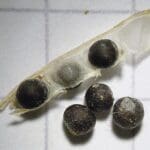



Leave a Reply
You must be logged in to post a comment.